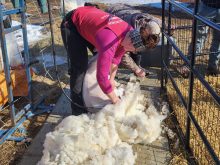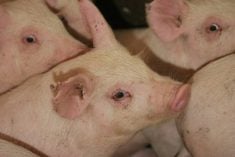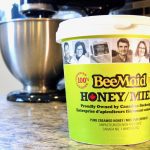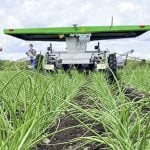Livestock producers have more tools to select the ideal animal than ever before thanks to the escalating knowledge gained from genetic research.
However, some worry that artificial insemination and embryo transfer from high performing animals could dilute a breed’s genetic pool.
“It has been suggested with reproductive technology like AI and embryo transfer, it can further jeopardize the process of genetic diversity in livestock,” said Chelsea Carruthers, a University of Saskatchewan graduate student who studied genetic diversity in Angus cattle. She discussed some of her master’s research results at the World Angus Forum held at Calgary July 13-16.
Read Also
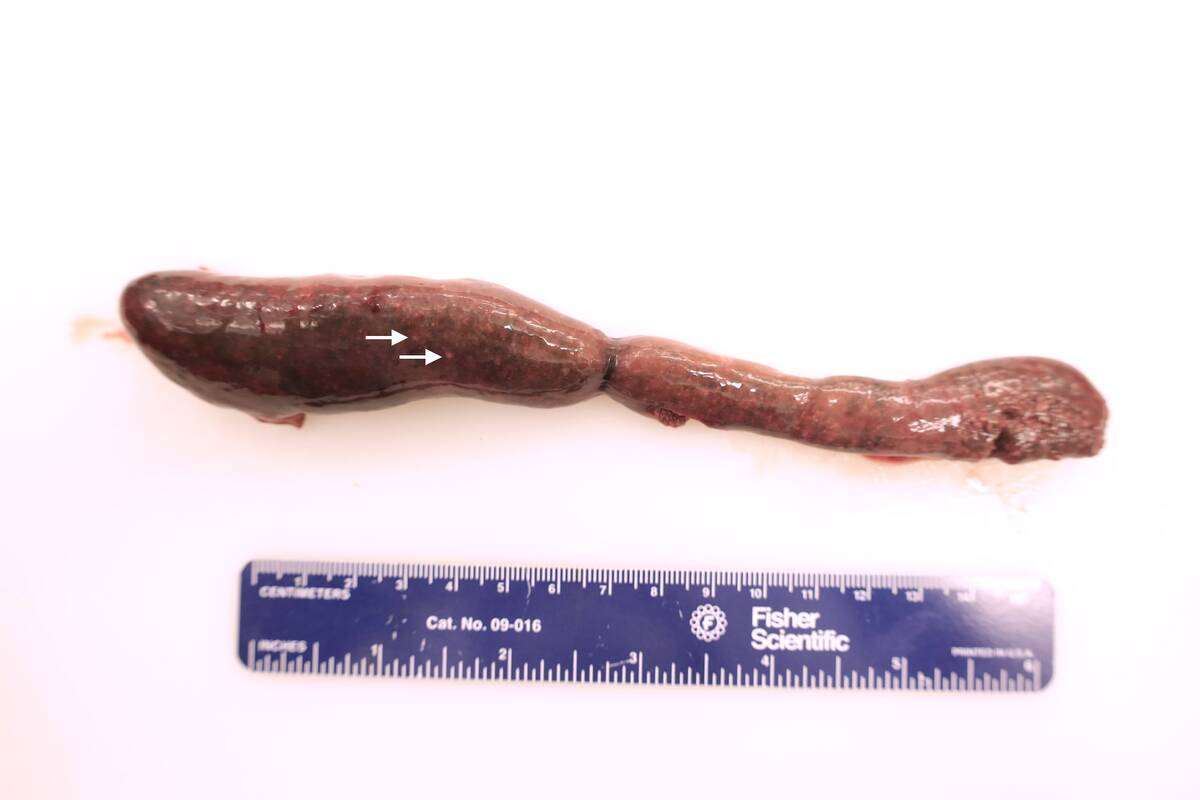
Tularemia continues to pose health risk on the Prairies
The pathogen that causes tularemia can survive for months in the environment, including wetlands, and is spread through direct contact or inhalation from these sources.
The Holstein industry uses a small number of bulls through AI worldwide so the cattle are highly related and genetically similar. Some suggest this could limit the breed’s ability to change traits in the future.
Carruthers found her Angus samples showed a high degree of diversity within the breed no matter where they are found in the world. There were often more variations in individuals than the groups.
Research included testing a group of cattle that started as embryos in nine countries and were transplanted into Canadian cattle more than a year ago.
Ultimately 26 calves from Canada, United States, Brazil, Ireland, Scotland, Uruguay, Australia, Denmark and Argentina were born in May and June 2008. The cattle were raised at Remington Cattle Co. in southern Alberta under the same conditions.
Included in the study were samples from another 200 Canadian Angus cattle born 15 years ago.
The first part of the study looked at six genes associated with growth and carcass characteristics that are commonly selected around the world.
Each gene is associated with a favourite allele, which is the form of the gene that expresses the preferred characteristic. Part of the study looked for alleles showing leptin, which affects appetite and fat deposition.
Angus with the T allele exhibited increased appetite and feed intake, which results in faster feedlot finishing. This is considered the favourite allele and Carruthers’ research found 44 percent of the cattle carried it and there was no difference between the two study groups.
She found more than 70 percent of all the cattle had the C form of the allele that influences ribeye size.
Carruthers also looked for forms of the genes responsible for colour and appetite. Broken down, there were three forms. One found in 89 percent of the cattle was responsible for black colour and rapid growth.
Another gene influencing increased back fat depth was found in 85 percent of the cattle. She found no difference in the expression of these characteristics in the Canadian or foreign cattle.
A trait referred to as CAPN1 results in more tender beef and that was discovered 71 percent of the time.
“This allele is already present with high frequency in most of our beef cattle populations,” she said.
However, she found the frequency of this was more prevalent in cattle born recently compared to the older group. This indicates tenderness has improved over time.
Canadian Angus have a high frequency of this allele that expresses the presence of calpastin, which affects meat quality. This trait could be used to improve beef in Angus and other breeds through cross breeding.
Carruthers also compared the samples to eight other breeds and found the greatest genetic differences were between Angus and Hereford. Herefords are similar to each other but genetically different from other breeds.





